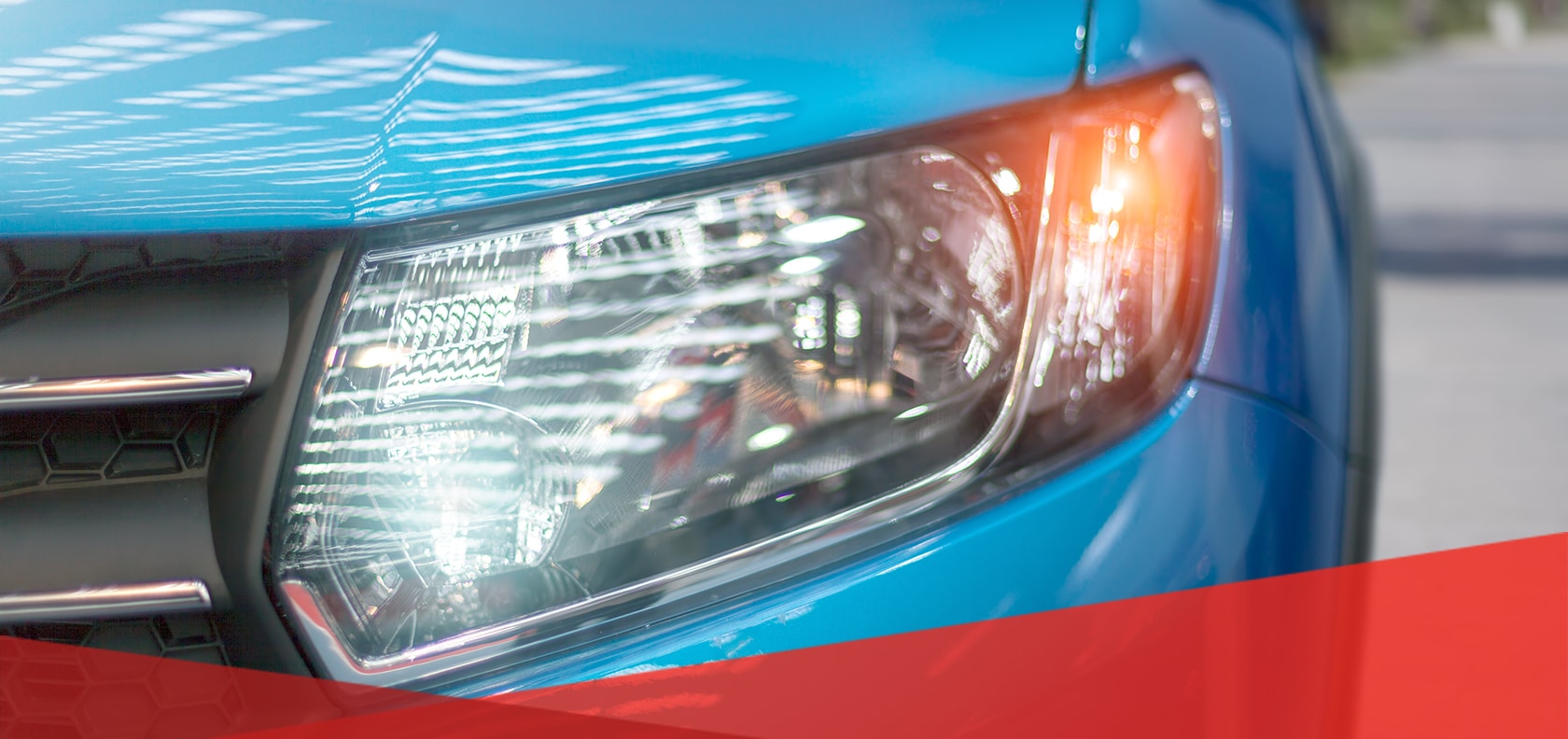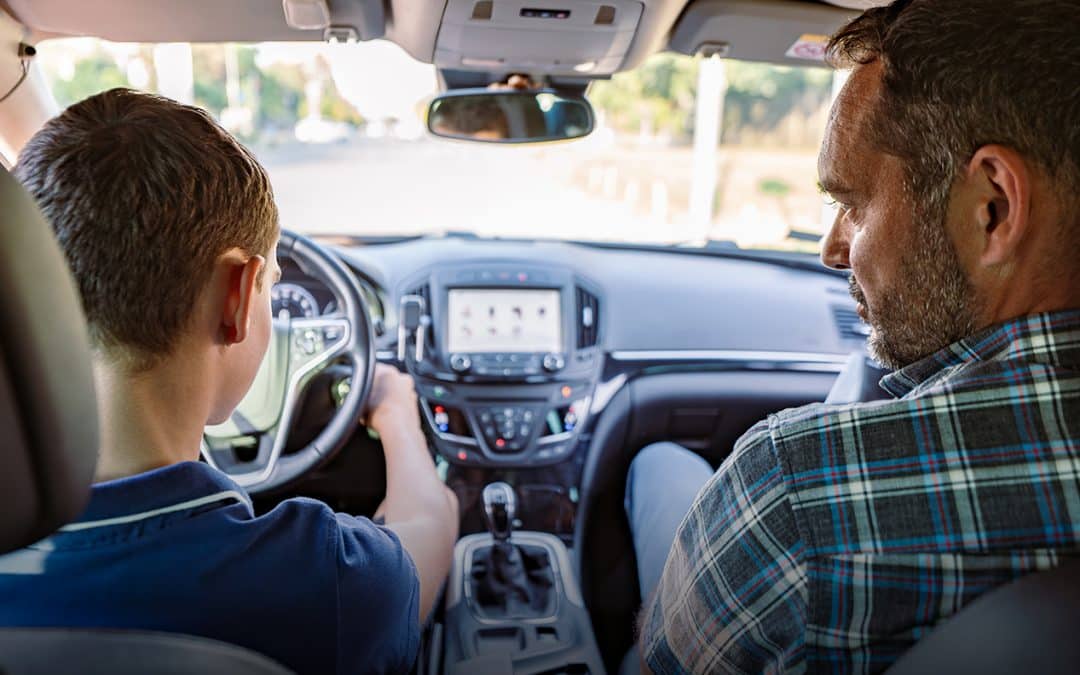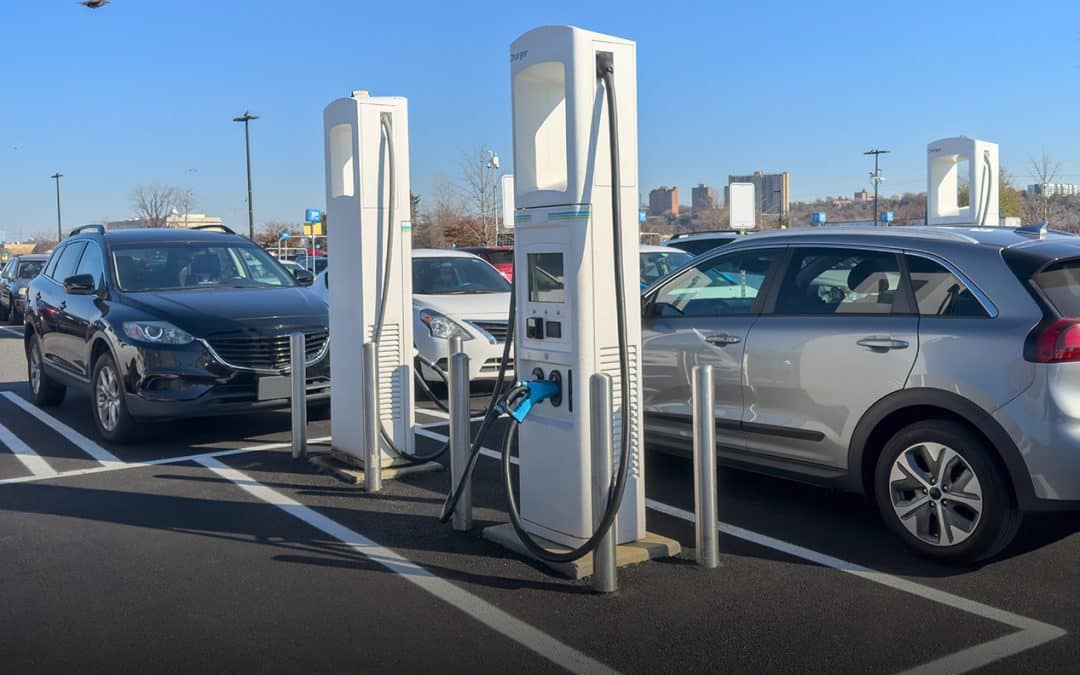All vehicles on the road from motorcycles to semi-trucks have a variety of lights that can be used for a variety of reasons. Many drivers are not even aware of all the lights on their cars, let alone how to use them. These lights are there for your safety and the safety of other drivers and pedestrians around you. MAPFRE Insurance covers all of these concerns. Here you will learn about the most common types of car lights and when to use them.
Types of Lights on a Car
The four main types of lights are headlights, tail lights, brake lights and indicator lights. Each of these have different modes and serve multi-purposes, and it’s worth taking a minute to learn the different modes and uses.
Many people keep their headlights on during the day for added safety in oncoming traffic. If used properly, headlights are enough and you don’t need to use different lights during the day. On a normally bright day, you may not need to turn on any lights unless you go through a tunnel or a dark forest. Many vehicles today have daytime running lamps (DRL), which are on all the time while you are driving.
At dusk or dawn when the sun is still below the horizon, you can use low-beam headlights for a clearer view of the road. Turn the lights off when the sun is fully up or switch to high beam headlights when the sun is fully set.
What Car Lights to Use at Night?
Headlights come in different styles, but they all serve the same purpose. Headlights are required for safe night driving. They have two beams, one for maximum illumination and one for deflection to the ground. They also have a low-intensity beam for driving in the city.
At night, high-beam lights can blind an oncoming driver, so they should only be used when there is no oncoming car. If one appears, you can switch to low-beam until the oncoming car passes. High-beam and low-beam have different bulbs, so if one doesn’t work, you can use the other.
When to Use Fog Lights?
It’s difficult to drive in fog when you can’t see very far down the road. This is why special lights are recommended for driving in fog. These lights are designed to cut through the fog and not reflect the light to the driver. According to the thickness of the fog, you may use the low or high beam of your headlights.
Fog lights are special lights that you can turn on when the fog rolls in. The purpose of these lights is to make you more visible to other drivers. The different types of car lights are usually positioned low on the front of the car, so they are below the fog line and can be seen.
Which Car Lights to Use in Rain?
Whether you are driving in light rain or heavy rain, low-beam headlights are recommended and in some states like Massachusetts, they are required when using your windshield wipers. These lights can be turned on until the rain passes or you stop.
High-beam headlights will reflect off the rain and may dazzle your eyes, so they should never be used. In addition, don’t use flashers during a rainstorm. Flasher lights can be helpful if they are correctly used, but if you use them at the wrong time, they can be an unnecessary distraction for other drivers, especially people behind you.
When Should You Use Hazard Lights?
Hazard lights, also called flashers, may be part of another set of lights such as the turning signal or fog lights. Make sure you know how to turn on your hazard lights before you go any farther.
Hazard lights are for an emergency. That means if you have to stop in heavy traffic or on the side of an empty road. Flashing lights usually mean you need help, but even if you have already called for help, keep the hazard lights on until help arrives.
Understanding the types of car lights – when to use them and how to use each mode – can make your driving experience easier and safer. If you have a flat tire or run out of gas, that’s not the time to wonder if you should use hazard lights and if so, how to turn them on.



